Guava leaves turning yellow indoor
bevo2000
14 years ago
Related Stories
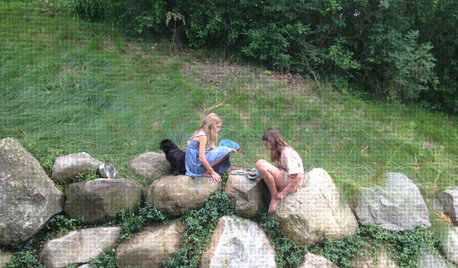
LIFETurn Off the Video Games and Turn On Your Kid's Creativity
Going nuts planning summer activities? Kids overdosing on screen time? It may be time to foster more self-directed play
Full Story
GARDENING GUIDESWhat's Wrong With My Plant? Leaves Often Hold the Clues
Learn how to identify common plant ailments by reading their leaves
Full Story
FALL GARDENING5 Ways to Put Fall Leaves to Work in Your Garden
Improve your soil and yard the organic way with a valuable garden booster that grows on trees
Full Story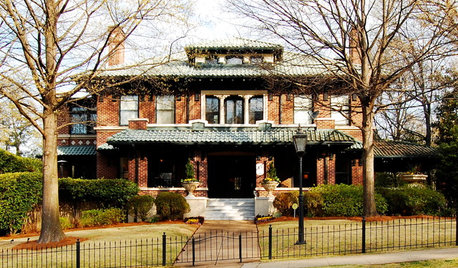
ARCHITECTUREStates of Style: Alabama’s Icons Leave Their Mark
In the first of a new series, discover the natural beauty, the architectural icons and some of our favorite homes deep in the heart of Dixie
Full Story
DIY PROJECTSTurn a Wooden Pallet Into Unique Photo Frames
Free wood? We're so in. Salvage a pallet or other cast-off wood to make delightfully distressed frames that fit almost any decor
Full Story
LIGHTINGGet Turned On to a Lighting Plan
Coordinate your layers of lighting to help each one of your rooms look its best and work well for you
Full Story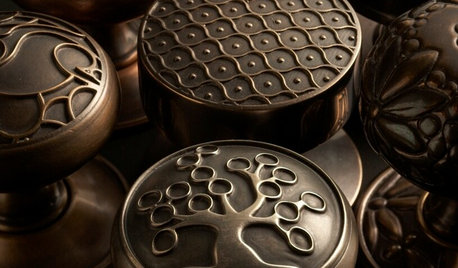
GREAT HOME PROJECTSNew Hardware Gives Doors a Turn for the Better
New project for a new year: Get a handle on how to find the knobs, levers or pulls that will make your doors memorable
Full Story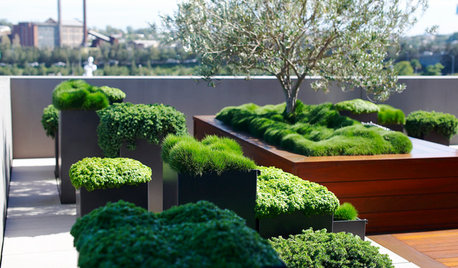
LANDSCAPE DESIGNSee How to Turn a Small Outdoor Room Into a Peaceful Retreat
Really, that neglected terrace or courtyard can become the garden of your dreams
Full Story
HOUSEPLANTSHow to Force Amaryllis Bulbs Indoors
Enjoy vibrant red blossoms even as gardens turn snowy white, by teaching this hardy repeat performer to ignore the calendar
Full Story
HOUSEPLANTS8 Essentials for Healthy Indoor Plants
Houseplants add so much to our homes — and can thrive when grown in the right conditions. Keep these tips in mind
Full StoryMore Discussions






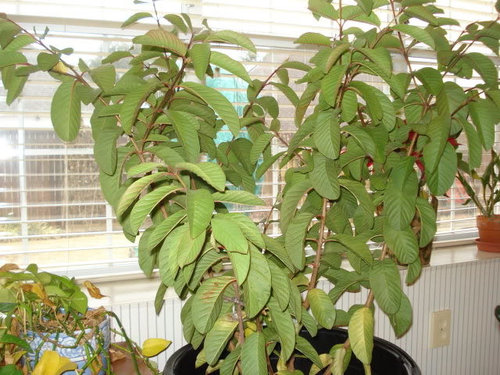



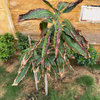
User
jsvand5
Related Professionals
Danbury Landscape Architects & Landscape Designers · Edmond Landscape Architects & Landscape Designers · Newcastle Landscape Architects & Landscape Designers · Peabody Landscape Contractors · Stoughton Landscape Contractors · Waterbury Landscape Contractors · Cliffside Park Landscape Contractors · Lexington Landscape Contractors · Oak Harbor Landscape Contractors · Richmond Landscape Contractors · Salem Landscape Contractors · South Farmingdale Landscape Contractors · South Hackensack Landscape Contractors · West Haverstraw Landscape Contractors · Oxon Hill Landscape ContractorsAndrew Scott
hmhausman
jsvand5
jsvand5
bevo2000Original Author
jsvand5
mostro
bevo2000Original Author
hmhausman
bevo2000Original Author
tapla (mid-Michigan, USDA z5b-6a)
bevo2000Original Author
tapla (mid-Michigan, USDA z5b-6a)
bevo2000Original Author
bevo2000Original Author
mostro
bevo2000Original Author
bevo2000Original Author
mostro